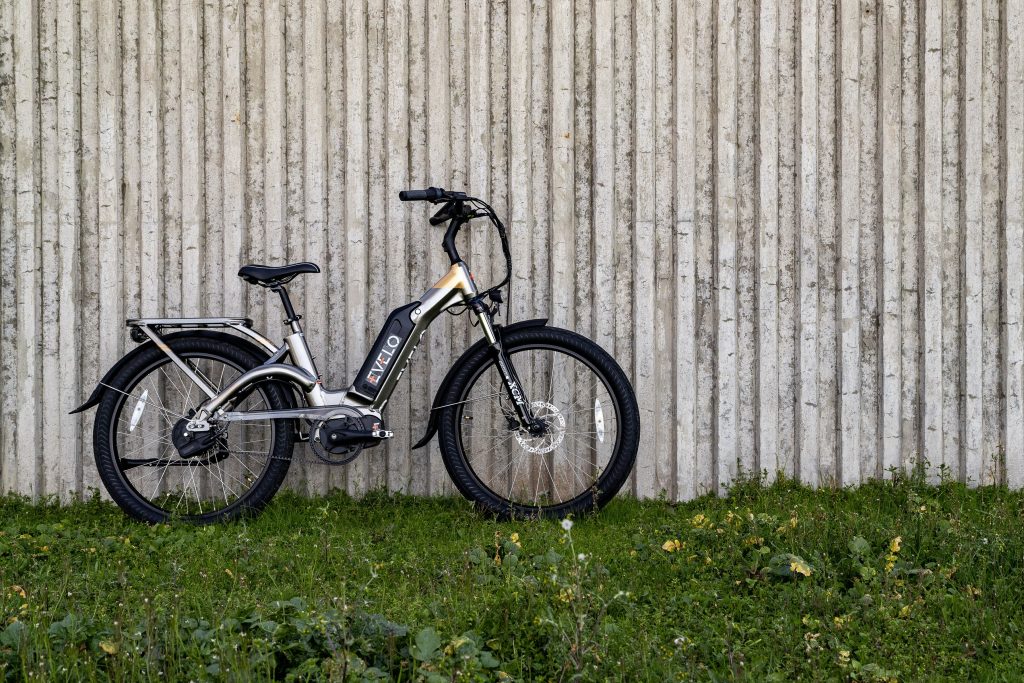Simulating & Modelling Multi Modal Transport
Very few journeys take place from a single A to B. Those that do are often impacted by external factors. Journeys require stops, changes, refuelling, and sometimes blend public and private transport. The diaspora of transport users – commercial, private, public transport users, reduced mobility users, the elderly or vulnerable, those with children, and many more – requires complex routing options. These options are crucial for optimizing services, pricing strategies, and user experience.

Multi-modal Cost Modelling
All choices come with a cost, whether in time, fuel, or finances. The convenience of Uber or Taxi drives its success, but it comes with hidden costs. Buses bypass traffic jams on designated routes, cyclists have unique paths, bike hires and e-scooters have specific locations, and rail services operate from specific platforms. Modelling these complexities, especially to determine the best cost-effective and green options, can be challenging.

Polaron’s Geospatial Scale Data Insights
Polaron provides a platform for geospatial scale data insights, merging fast spatial databases with cutting-edge simulation and big data capabilities. It offers the ability to overlay Geospatially contextualized information on existing maps, providing in-depth analytics for journey costs. With data on traffic, congestion, and other variables, it enables predictive modeling for optimized routes and operations.
Quotes
“…The MPS Roads and Transport Policing Command…ran an operation targeting illegal e-scooter use, which led to a record 1,103 unlawful e-scooters being seized in a single month…”
MPS Roads & Policing Command
Cost Modelling – Beyond Monetary Implications
Costs encompass more than just money. They include time, environmental impact, and health benefits. Polaron’s model allows for an in-depth analysis of these costs, considering traffic, congestion, time of day, and other factors. This allows for predictive modelling that can avoid potential delays, optimize operations, and enhance customer satisfaction.
All of this needs to be balanced and considered for both physical, societal, safety and policing – therefore allowing a simulation to be run to consider the impact on areas and the consequences of a given policy is key.
